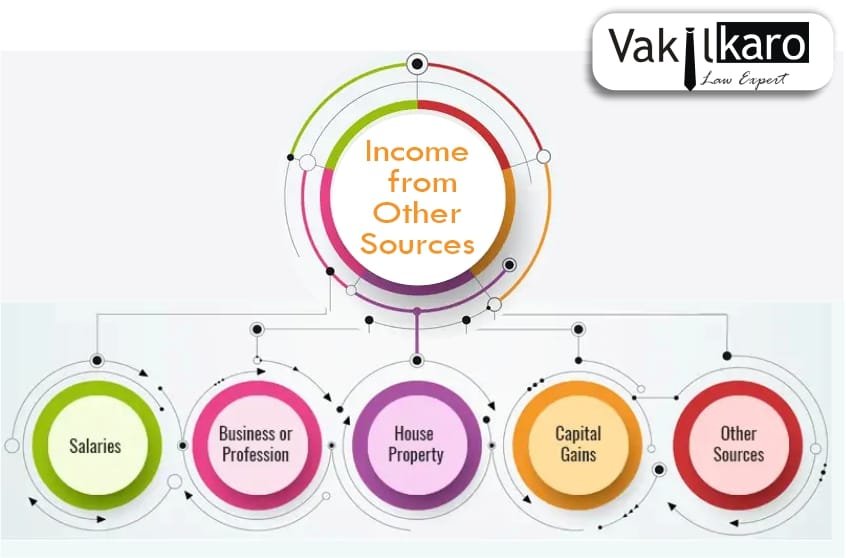A patent application is a formal, legal document filed with a government patent office that seeks to obtain a patent on a new and useful invention or discovery. It is a detailed and comprehensive document that describes the invention or discovery, its features, and its potential applications.
Filing a patent application can be a complex process that requires careful attention to detail. Here are the general steps to file a patent application:
- Determine the type of patent you want to file: There are different types of patents, such as utility patents, design patents, and plant patents. Determine which kind of patent is appropriate for your invention.
- Conduct a patent search: Before filing a patent application, investigate to ensure that your invention is new and not already patented or in the public domain.
- Prepare a patent application: A patent application must include a detailed invention description, drawings, and diagrams. It must also have claims that define the scope of the invention.
- File the patent application: Once it is complete, file it with the appropriate office. In India, the patent application can be filed with the Indian Patent Office.
- Pay the filing fees: There are various fees associated with filing a patent application, including application and search fees. Make sure to pay all the required fees at the time of filing.
- Wait for the patent to be granted: The patent application will undergo a review process, during which the patent office will determine whether the invention is novel and non-obvious. The review process can take several years.
- Maintain the patent: Once granted, you must pay maintenance fees to keep the patent in force.
It is essential to consult with a qualified patent attorney or agent who can guide you through the patent application process and help you navigate any legal issues that may arise.
Who may submit a patent application?
- In general, anyone who is the inventor or legally owns the invention may submit a patent application. The inventor or owner may be an individual, a group of individuals, or a legal entity such as a corporation.
- Sometimes, an inventor may assign or transfer ownership of the invention to another person or entity, such as an employer or a company. In such cases, the assignee or transferee may file a patent application for the invention.
- It is important to note that patent applications must be filed in the name of the inventor or legal owner of the invention. Multiple inventors may jointly file a patent application if they are involved in creating a design.
Patent Application Types:
Several types of patent applications can be filed with a patent office. The kind of application appropriate for a particular invention will depend on various factors, such as the type of invention, the level of development of the invention, and the jurisdiction where the application is being filed. Here are some common types of patent applications:
- Utility patent application: This is the most common type of patent application, and it is used for inventions that are useful, novel, and non-obvious. Utility patents can be granted for processes, machines, articles of manufacture, compositions of matter, and improvements to any of these categories.
- Provisional patent application: This preliminary, lower-cost filing establishes an early filing date for the invention. A provisional application does not require a formal patent claim, and it does not result in a patent grant. However, it allows the inventor to use the phrase "patent pending" and gives the inventor one year to file a regular utility patent application.
- Design patent application: This application is used for new, original, and ornamental designs for articles of manufacture. Design patents protect only the appearance of an object, not its functionality.
- PCT patent application: The Patent Cooperation Treaty (PCT) is an international treaty that provides a unified procedure for filing patent applications in multiple countries. A PCT application is not a patent grant but rather a way to reserve the right to file a patent application in various countries.
- Divisional patent application: A divisional application is filed when an initial patent application contains more than one invention. A divisional application separates one or more inventions from the original application, allowing them to be pursued separately.
- Continuation patent application: A continuation application examines an earlier-filed application. It is used when the original application is still pending and the inventor wants to add new claims or evidence to support the invention.
The steps to file an Indian patent application are as follows:
- Determine the type of patent application: As mentioned earlier, there are different types of patent applications, such as provisional, non-provisional, and PCT. Determine which type of patent application is appropriate for your invention.
- Conduct a patent search: Before filing a patent application, investigate to ensure that your invention is new and not already patented or in the public domain.
- Draft the patent application: Prepare a complete patent specification with a detailed invention description, drawings, and diagrams. It must also include claims that define the scope of the invention.
- File the patent application: Once complete, file it with the Indian Patent Office online or offline.
- Pay the filing fees: There are various fees associated with filing a patent application, including application and search fees. Make sure to pay all the required fees at the time of filing.
- Publication of application: After 18 months from the filing date or priority date, the patent application is published in the Indian Patent Office Journal.
- Examination of application: Request for examination of a patent application has to be made within 48 months from the date of priority or filing. After this request is made, the patent office examines the patent application.
- Grant of Patent: If the patent office finds the invention patentable, the patent will be granted. Once the patent is granted, the applicant has to pay annual renewal fees to maintain the patent.
It is recommended to consult with a qualified patent attorney or agent who can guide you through the patent application process and help you navigate any legal issues that may arise.
Once a patent application is filed, it undergoes a review process to determine whether it meets the legal requirements for patentability. The patent office may request additional information or clarification from the inventor or assignee, and the application may only be accepted if it meets the legal standards for patentability. If the application is approved, the inventor or assignee will receive a grant of patent rights, which gives them the exclusive right to use and sell the invention for a specified period.
Vakilkaro is a Best Legal Services Providers Company, which provides Civil, Criminal & Corporate Laws Services and Registration Services like Private Limited Company Registration, LLP Registration, Nidhi Company Registration, Microfinance Company Registration, Section 8 Company Registration, NBFC Registration, Trademark Registration, 80G & 12A Registration, Niti Aayog Registration, FSSAI Registration, and other related Legal Services.
Contact India's best Legal Firm, Vakilkaro, today. You can give us a call at 9828123489 or may write an Email also at help@vakilkaro.co.in. We are here to serve you 24/7.
"Happy Customer serves the company success"- we aim to achieve this through our legal services."
Why should you trust Vakilkaro?
- 100% guaranteed satisfaction
- Largest Network across India
- Easy to Hire
- Provides legal service in easy language.

 +91 9828123489
+91 9828123489 +91 9828123489
+91 9828123489 help@vakilkaro.co.in
help@vakilkaro.co.in







.png)




.png)
.png)
.png)
.png)
.png)

 +91 9828123489
+91 9828123489 help@vakilkaro.co.in
help@vakilkaro.co.in